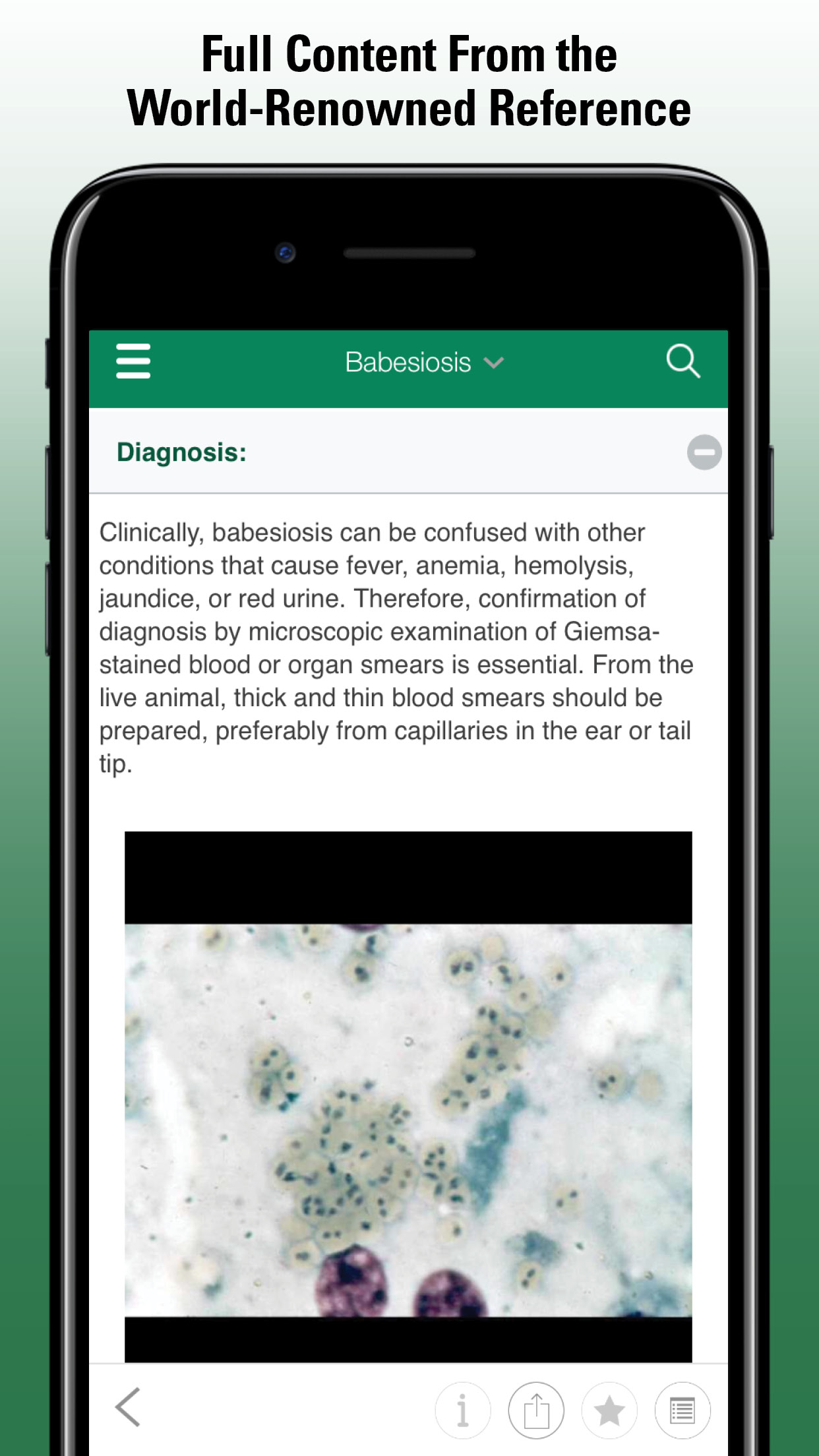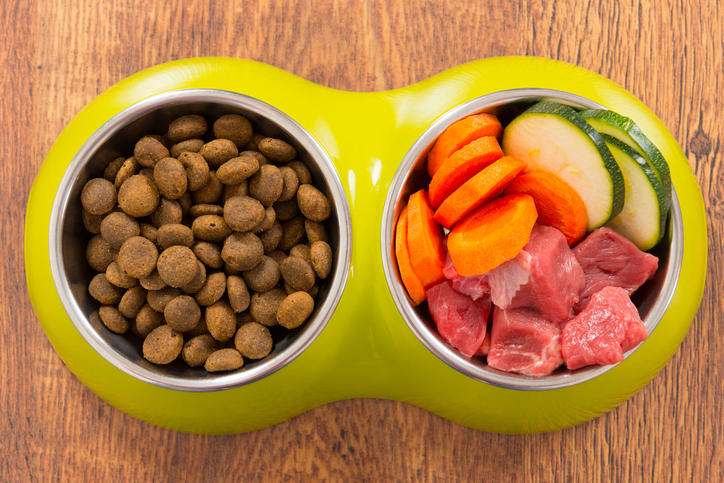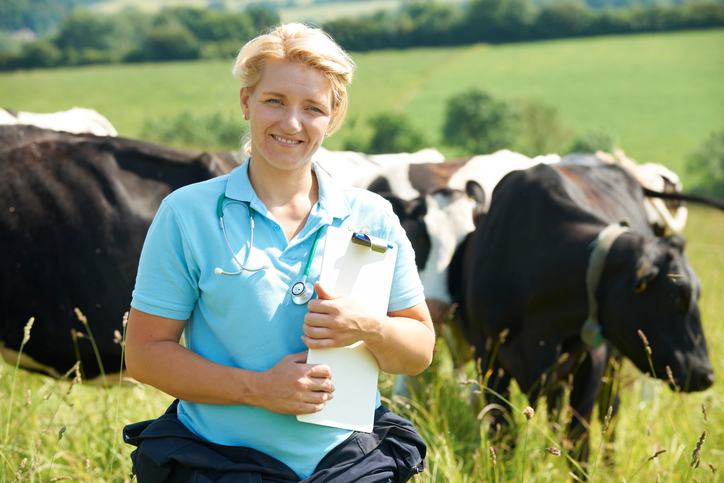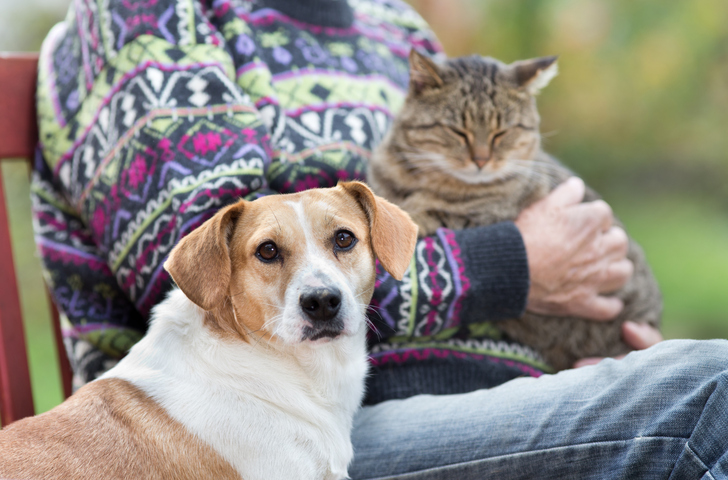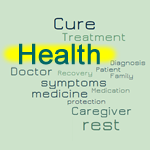Intestinal Diseases in Sheep and Goats
- Intestinal Diseases in Ruminants
- Intestinal Diseases in Cattle
- Intestinal Diseases in Sheep and Goats
- Diarrhea in Neonatal Ruminants
The causes and circumstances of diarrhea in neonatal lambs and kids are similar to those in newborn calves. Intensive lambing practices and shed-lambing increase the potential for disease and buildup of infectious agents and can be associated with serious outbreaks of diarrhea. The serotypes of enteropathogenic Escherichia coli that cause secretory diarrhea in calves also do so in lambs, and the approach to diagnosis, treatment, and control is similar. Similarly, rotavirus, coronavirus, and cryptosporidia (see Cryptosporidiosis) also cause outbreaks of diarrhea in lambs. (Also see Diarrhea in Neonatal Ruminants.) Lamb dysentery caused by Clostridium perfringens type B (see Enterotoxemia Caused by Clostridium perfringens Types B and C) is a distinct intestinal disease of lambs in the first week of life. It is seen principally in hill breeds of sheep in the UK and is characterized by sudden death or diarrhea, dysentery, and toxemia. In the USA, C perfringens type C causes a similar syndrome. Watery mouth or rattle belly (see Watery Mouth Disease in Lambs), a disease of uncertain etiology associated with failure of transfer of passive immunity, is seen predominantly in the UK. Coccidiosis (see Coccidiosis of Sheep and see Coccidiosis of Goats) and GI helminthiasis (see Gastrointestinal Parasites of Sheep and Goats), except for haemonchosis, are important causes of diarrhea in older nursing and weaned sheep. Terminal ileitis and villous atrophy, both of unknown etiology, are often present in the intestine of lambs culled because of poor growth.
GI helminthiasis is the most common cause of diarrhea in pastured sheep. Coccidiosis develops in association with overstocking or intensive indoor housing and poor sanitation. Salmonellosis (see Salmonellosis) can cause diarrhea in all ages; the circumstances in young lambs are similar to those in calves. It also can cause outbreaks of diarrhea late in pregnancy and is frequently accompanied by abortion. Salmonellosis is more common when sheep or goats are congregated intensively or stressed, particularly by shipping. Yersinia pseudotuberculosis and Y enterocolitica have both been associated with enterocolitis and diarrhea in young sheep at pasture that are debilitated from factors such as starvation and cold weather. Diarrhea may be present in bluetongue in sheep (see Bluetongue) and is accompanied by typical mucosal lesions. In goats, diarrhea is often prominent in enterotoxemia associated with C perfringens type D (see Type D Enterotoxemia). This is not a feature of the clinical disease in sheep but may be present in flockmates of affected sheep. In feedlot sheep, diarrhea most commonly is associated with grain overload, salmonellosis, or coccidiosis.
Other intestinal diseases of adult sheep may manifest with diarrhea. Infection with C perfringens type C (struck, see Enterotoxemia Caused by Clostridium perfringens Types B and C) manifests with abdominal pain, tenesmus, and rapid death. Intestinal obstruction due to intestinal accidents occurs sporadically but is usually not seen clinically. Sheep with paratuberculosis (see Paratuberculosis) usually show progressive emaciation without diarrhea. Progressive emaciation also is the primary sign in adult sheep with intestinal adenocarcinoma, which can be prevalent in certain areas, associated with ingestion of bracken fern (see Bracken Fern Poisoning).
Watery Mouth Disease in Lambs
Watery mouth disease is a condition of intensively reared lambs occurring during the first days of life. Morbidity in a flock can be as high as 30%, and the mortality rate may exceed 80%.
Etiology and Pathogenesis:
Watery mouth disease has been associated with ingestion of gram-negative bacteria, particularly E coli, that survive in the neonatal GI tract and translocate from the gut to the bloodstream. The strains involved are K99 antigen negative and regarded normally as nonenteropathogenic and nonenterotoxigenic. The resultant bacteremia may be tolerated by the lamb, but >104 colony-forming units/mL are associated with release of free endotoxin, and endotoxic shock develops rapidly.
Lambs 12–72 hr old with inadequate or delayed access to colostrum are at greatest risk. Other risk factors that have a negative effect on colostrum intake include being born in larger litters, being born to a dam with poor body condition, and stressors such as early castration.
Clinical Findings:
Lambs affected with watery mouth disease are hypothermic, dull, stop feeding, and, classically, have long strings of saliva drooling from the mouth. Less obvious cases may have a wet muzzle; others may show no external signs of excess salivation, but the mouth may be cold to the touch and contain frothy saliva. Lacrimation may also be seen. The abomasum may become distended with gas and liquid, giving the deceptive appearance of a well-fed lamb, but if these lambs are lifted and shaken gently, a noise associated with the alternative name of “rattle belly” may be heard. Although scours occasionally occur, this is not a characteristic feature of the condition.
Lesions:
Diagnosis:
Biochemical and hematologic changes and necropsy findings in lambs affected with watery mouth disease are consistent with endotoxemia and the clinical diagnosis of endotoxic shock. Terminally, lambs develop endotoxemia, leukopenia, severe hypoglycemia, lactic acidemia, and metabolic acidosis. Differential diagnoses include joint ill or navel ill, hypothermia, primary starvation, and infectious enteritis.
Treatment:
There is no specific treatment for watery mouth disease. Parenteral antimicrobial and anti-inflammatory therapy combined with oral rehydration are essential; 50–200 mL of an electrolyte and 5%–10% glucose solution containing a water-soluble antibiotic (neomycin and/or streptomycin) given tid by stomach tube will help maintain hydration and provide energy. Systemic antimicrobial therapy with a gram-negative spectrum and anti-inflammatory therapy with NSAIDs or corticosteroids to counteract the effects of endotoxemia should also be administered. Purgatives or enemas may help overcome gut stasis and expel the infecting bacteria. Treatment should be continued until signs resolve and the lamb is sucking again. Boosting body temperature by external warming may also be required. However, such care is time-consuming and expensive and carries no guarantee of success.
Prevention:
Ewes should be well nourished to ensure a plentiful supply of colostrum. Yards, pens, ewes, and equipment should be kept as clean as possible throughout lambing to help control the buildup of E coli and keep the incidence of disease low. Supplementary feeding of lambs using stored colostrum (ewe, cow, or goat) or commercial colostrum substitute should provide a minimum of 50 mL/kg within 6 hr of birth. Lambs should not be castrated in the first 24 hr because this depresses colostrum intake.
In controlled experiments, a single dose of oral antibiotic given within 2 hr of birth to colostrum-deprived lambs delivered into a contaminated indoor environment was as effective as ewe colostrum in preventing neonatal disease and death in all lambs up to 3 days old, despite the absence of maternal antibodies. Thus, antibiotic treatment can provide simple, quick, and inexpensive protection against watery mouth disease and is an attractive option for the busy sheep farmer. However, it is important that such treatment be targeted to lambs in the high-risk categories specified above, because indiscriminate dosing may encourage antibiotic resistance.
- Intestinal Diseases in Ruminants
- Intestinal Diseases in Cattle
- Intestinal Diseases in Sheep and Goats
- Diarrhea in Neonatal Ruminants
